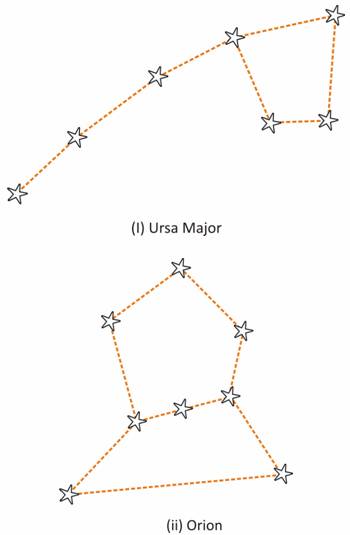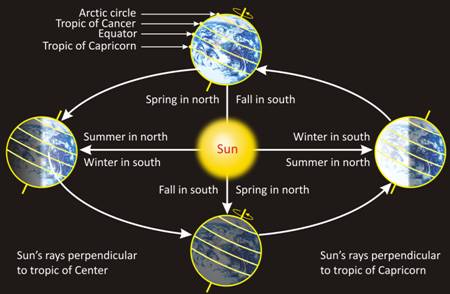Stars and the solar system Worksheet-11
-
Mention any two differences between natural and artificial satellites.
-
How is the tail of a comet formed?
-
Venus is hotter than mercury, though it is farther away from Sun. Why?
-
Define light year. What is the relation between light year and kilometers?
-
Give any two points of difference between comets and meteors.
-
Do all the stars in the sky move ? Explain.
-
Draw sketches to show the relative positions of prominent stars in (i) Ursa Major and (ii) Orion in a diagram.
-
Name a winter constellation which looks like a distorted W. Where is it visible?
-
What is the cause of seasons on the earth?
-
Differentiate between equator plane and orbital plane of the earth.
-
Name the red planet. How many moons does it have?
-
Name the planet which has rings around it. Give one main characteristic of this planet.
-
Give two main characteristics of Uranus.
-
Name the terrestrial planets. Why are they called by this name?
-
Name the planet that is known to have largest number of natural satellites.
-
Draw a labelled diagram to show the position of the Earth in its orbit when the length of the day is longest in the Northern Hemisphere.
-
Name the planets which were discovered only after the invention of telescopes.
-
What is universe? Name two different kinds of heavenly bodies found in the universe.
-
Differentiate between meteors and stars.
-
What is the source of energy in the Sun?
Answer:
-
Natural Satellite Artificial Satellite
(i) A celestial body revolving around a planet is called a natural satellite.
(ii) It cannot be used in any way. (i) A man-made satellite revolving around the Earth is called an artificial satellite.
(ii) It can be used for tele-communication and remote sensing.
-
When the comet comes near the sun, some of its ice turns into gas. Gas and loose dust, freed from ice create a long illuminating tail.
-
Venus contains a higher percentage of carbon dioxide. So, the greenhouse effect is more by the trapping of the infrared rays of the sun.
-
One light year is the distance traveled by light in one year. 2 light year = 9.46 × 1012 km.
-
Comets Meteors
(a) A comet is a heavenly body which revolves around the sun in an elliptical path.
(b) Comets have a long illuminating tail. (a) Meteors are pieces of rocks floating in space which get heated up on entering into earth's atmosphere.
(b) Meteors do not have a tail.
-
All the stars in the sky don't move but appear to be moving. This is because the earth rotates from west to east.
-

-
Cassiopeia is a winter constellation which looks like distorted W. It can be seen in the northern sky.
-
The axis of rotation of the earth is not perpendicular to the plane of its orbit. This tilt causes a change in seasons.
-
Equator plane is the plane of the equator. Orbital plane is the plane in which the earth revolves around the sun.
-
Mars is the red planet. Mars has two moons or natural satellites.
-
Saturn has rings around it. Its main characteristic is that it is the least dense among all the planets.
-
(i) Uranus rotates from east to west.
(ii) Uranus has a highly tilted rotational axis.
-
Mercury, Venus, Earth and Mars. They are known as terrestrial planets because their structure is rocky similar to that of the Earth.
-
Saturn.
-

-
Uranus, Neptune and Pluto.
-
The vast unimaginable space which encompasses most distant stars, planet, etc., is called universe, Meteors and comets are the heavenly bodies in the universe.
-
Meteors Stars
(i) Meteors are pieces of rocks floating in space which get heated up on entering the Earth's atmosphere.
(ii) Meteors do not have light of their own. (i) Star is a ball of glowing gases.
(ii) Stars have light of their own.
-
Nuclear fusion of hydrogen nuclei to helium takes place in the Sun.

